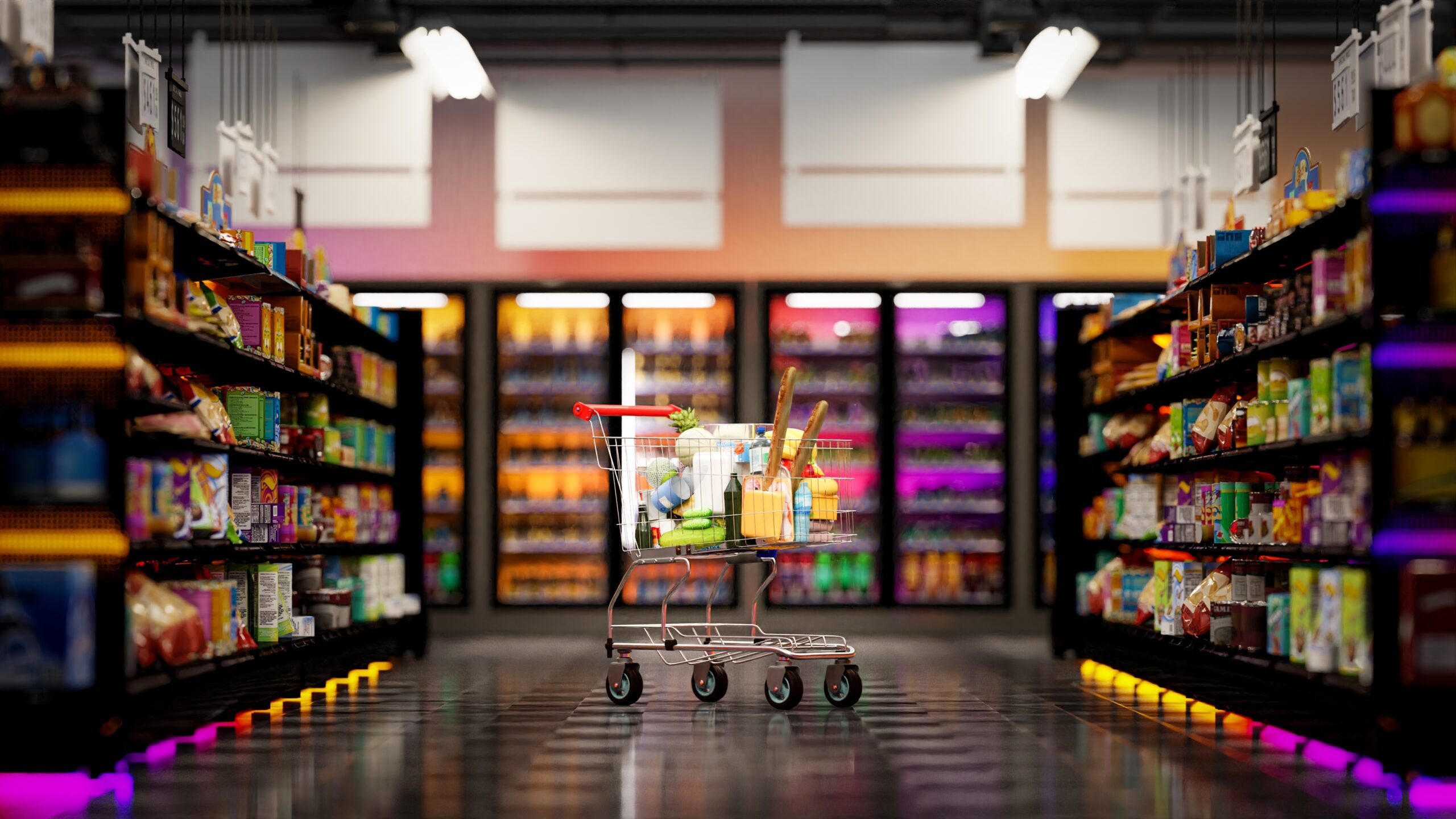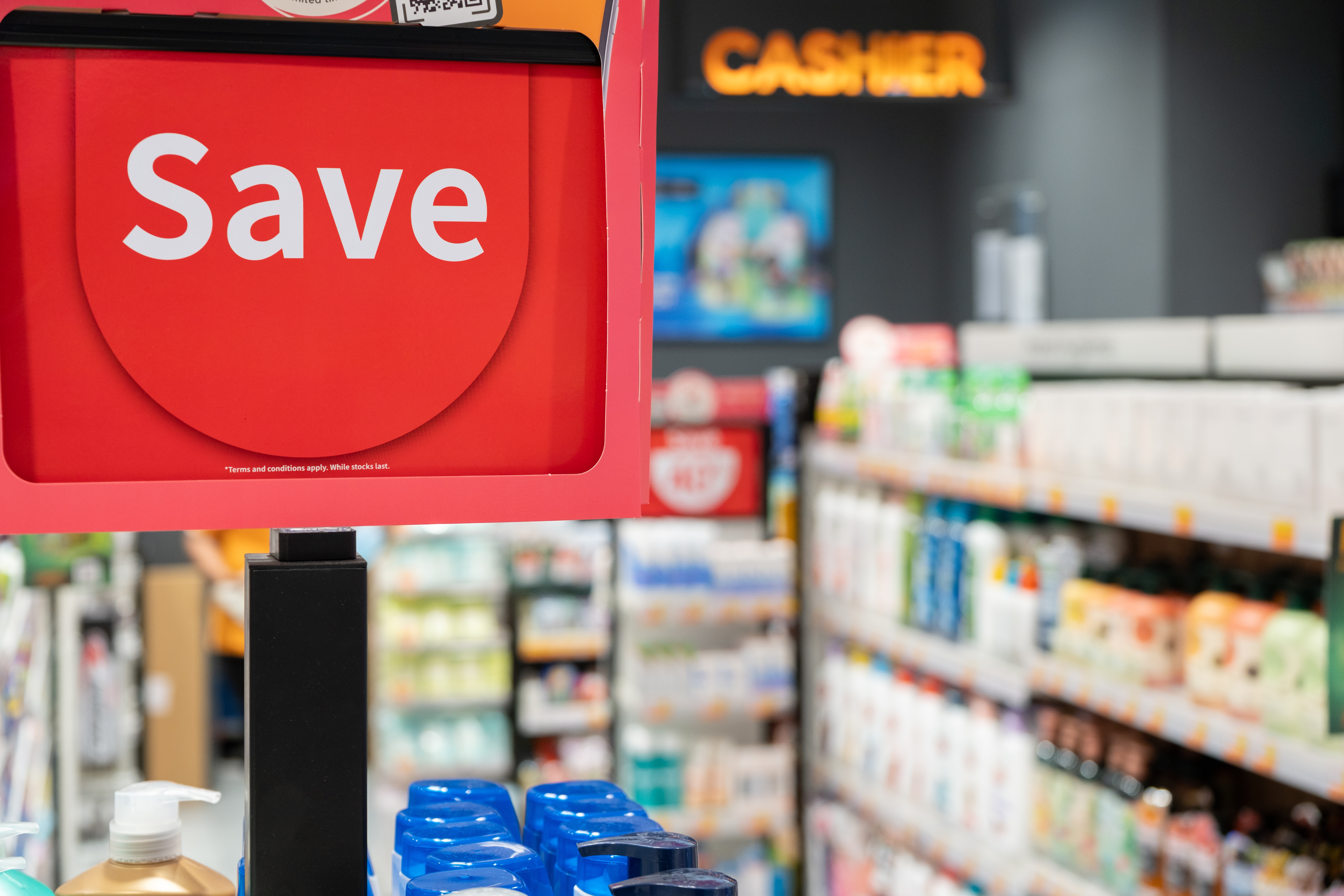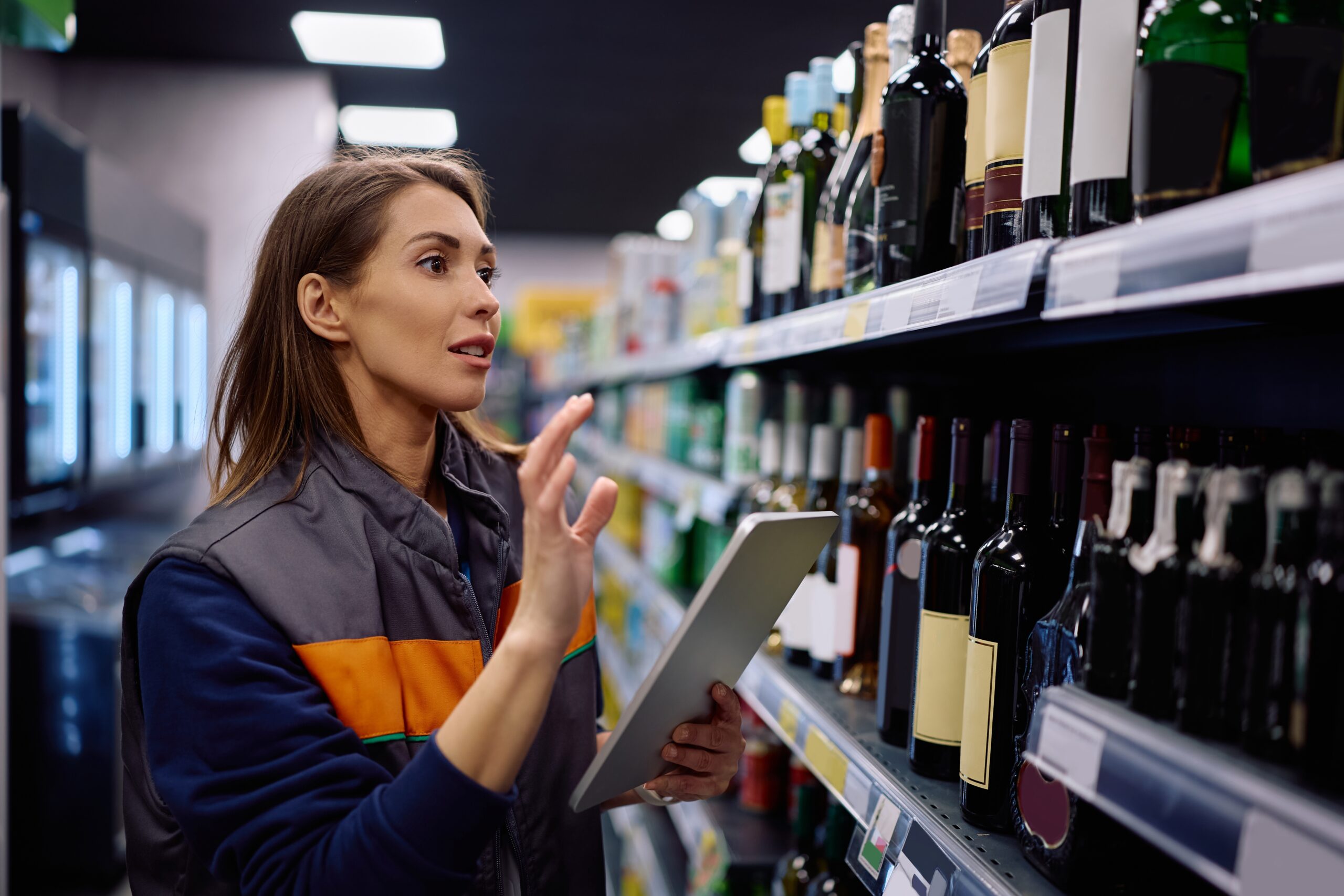There’s no question that the onset of the COVID pandemic created a boom for online grocery. As recent as 2018, online grocery sales in the U.S. made up only 2-3% of total e-commerce sales. In 2020, that jumped to 12% of total U.S. e-commerce sales. Even as vaccines increase and people become more comfortable with in-person shopping once again, e-grocery is expected to continue it’s upward trajectory.
What does this mean for retailers and manufacturers? Plenty of opportunity. The 2020 rise in online grocery sales was due to unforeseen and unfortunate circumstances, but it created an opening to reimagine the way people shop online.
Let’s look at 3 common issues with the current e-grocery experience:
It limits impulse purchases
This is a big one. In fact, consumers are 10% more likely to add an impulse item to their purchase when shopping in-store versus shopping online.
It can be frustrating
Have you ever tried searching for “fruit bars” in your favorite grocery store app? You’ll either get breakfast bars with fruit, granola bars, fruit popsicles, or a combination of all of the above. Sure, you’ll likely find what you are looking for after some scrolling, but the experience is not always intuitive.
It’s hard to discern sizes & varieties
Unless you look closely at ounces or quantity, it can often be difficult to tell how big an item is or what you’re actually purchasing. The images are usually small, and not everyone thinks to double check the item description.
The great news is we’re looking to solve for these and other common barriers when it comes to online grocery. V-commerce, where customers can interact with products in a 3D, immersive replica of a real store, is making waves in the retail and CPG space. Check out our latest e-book, The Next Natural Step in Online Retail: The V-Commerce Experience, to learn how your brand can benefit.





